Forums
- Forums
- Duggy's Reference Hangar
- USAAF / USN Library
- Curtiss-Wright AT-9 Jeep
Curtiss-Wright AT-9 Jeep
Post a reply
- Go to Previous topic
- Go to Next topic
- Go to Welcome
- Go to Introduce Yourself
- Go to General Discussion
- Go to Screenshots, Images and Videos
- Go to Off topic
- Go to Works in Progress
- Go to Skinning Tips / Tutorials
- Go to Skin Requests
- Go to IJAAF Library
- Go to Luftwaffe Library
- Go to RAF Library
- Go to USAAF / USN Library
- Go to Misc Library
- Go to The Ops Room
- Go to Made in Germany
- Go to Campaigns and Missions
- Go to Works in Progress
- Go to Juri's Air-Raid Shelter
- Go to Campaigns and Missions
- Go to Works in Progress
- Go to Skinpacks
- Go to External Projects Discussion
- Go to Books & Resources
-
9 years agoSun Dec 31 2023, 11:12amDuggy
 Main AdminThe Curtiss-Wright AT-9 Jeep was a twin-engined advanced trainer aircraft used by the United States during World War II to bridge the gap between single-engined trainers and twin-engined combat aircraft. The AT-9 had a low-wing cantilever monoplane configuration, retractable landing gear and was powered by two Lycoming R-680-9 radial engines.
Main AdminThe Curtiss-Wright AT-9 Jeep was a twin-engined advanced trainer aircraft used by the United States during World War II to bridge the gap between single-engined trainers and twin-engined combat aircraft. The AT-9 had a low-wing cantilever monoplane configuration, retractable landing gear and was powered by two Lycoming R-680-9 radial engines.
Development
Curtiss-Wright anticipated the requirement for this type of "high-performance" aircraft and designed the Curtiss-Wright CW-25, a twin-engined trainer, which possessed the takeoff and landing characteristics of a light bomber. Using the same basic design as the larger Cessna AT-17 Bobcat, the new CW-25 was designed to be simulate the demands of multi-engined operations. The design featured a small layout, grouping two Lycoming R-680-9 radial engines forward and using a retractable tailwheel landing gear to achieve the performance necessary to meet the requirements of an advanced trainer. The single CW-25 prototype acquired for evaluation had a welded steel-tube fuselage structure with the wings, fuselage and tail unit fabric-covered.
Operational history
The first prototype Model 25 flew in 1941 and the production version entered service as the AT-9 in 1942. Named the "Fledgling" by Curtiss-Wright, it commonly became known as the "Jeep" in the United States Army Air Forces (USAAF). The prototype CW-25 had a fabric-covered steel tube fuselage and fabric-covered wings and tail units, but production AT-9s were of stressed metal skin construction.
The AT-9 was purposely designed to be less stable and proved to be difficult to fly or land, which made it particularly suitable for teaching new pilots to cope with the demanding flight characteristics of a new generation of high-performance, multi-engined aircraft such as the Martin B-26 Marauder and Lockheed P-38 Lightning.
A total of 491 AT-9s were built before production ended and a new production run of 300 of the generally similar AT-9A commenced.
Because of its difficult flying characteristics the AT-9 was not offered for sale to civilians after the war, although many non-flying examples were given to ground schools for training purposes.
Two AT-9s survive today with one AT-9A on permanent display at the National Museum of the United States Air Force in Dayton, Ohio. This aircraft required extensive restoration, and was the product of the museum staff incorporating two incomplete airframes together, along with parts fabricated on site. While the wreckage of an AT-9A recovered from a crash site in 2003 was turned over to the Pima Air & Space Museum for restoration, the aircraft is incomplete and will require a long and extensive restoration for display.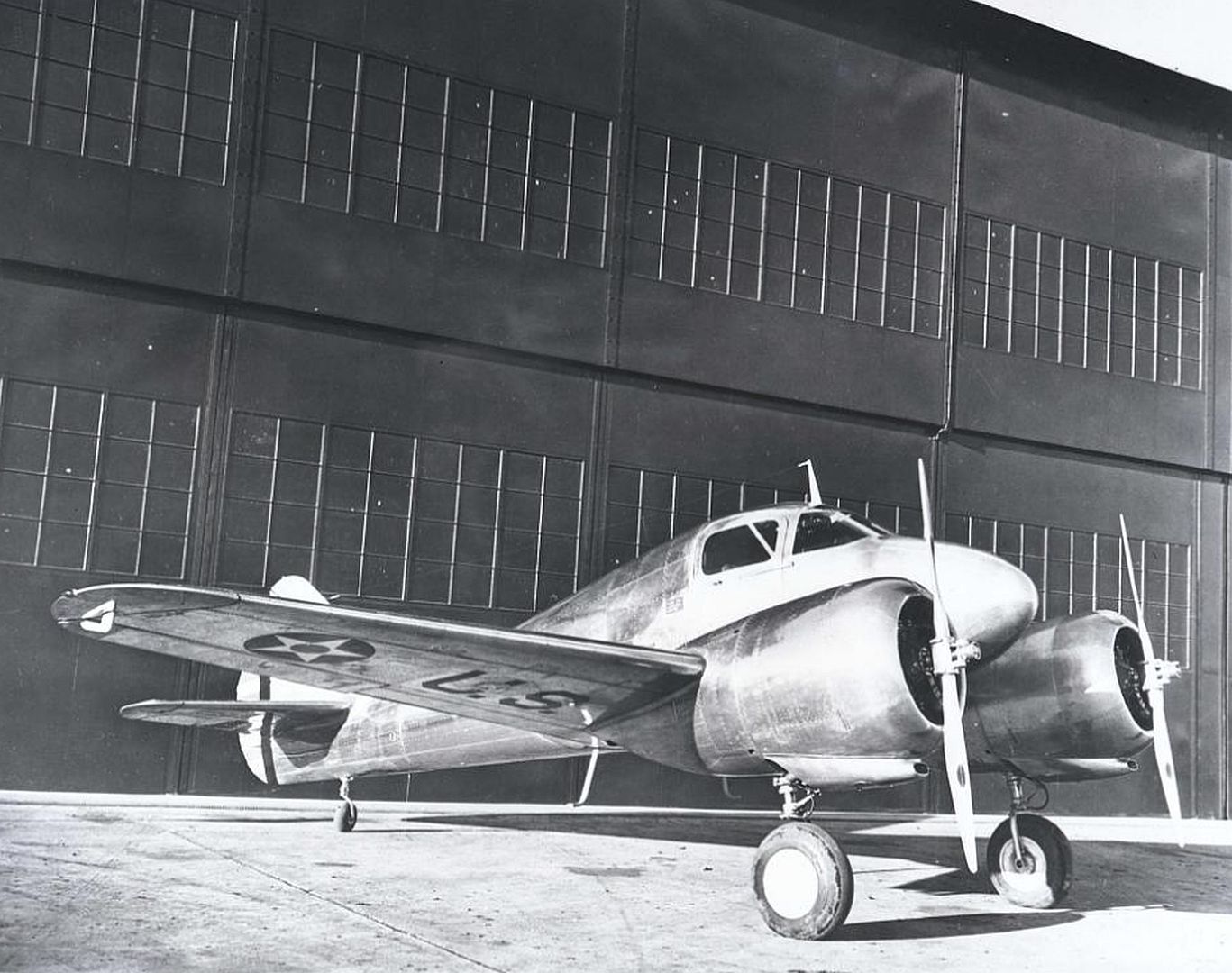
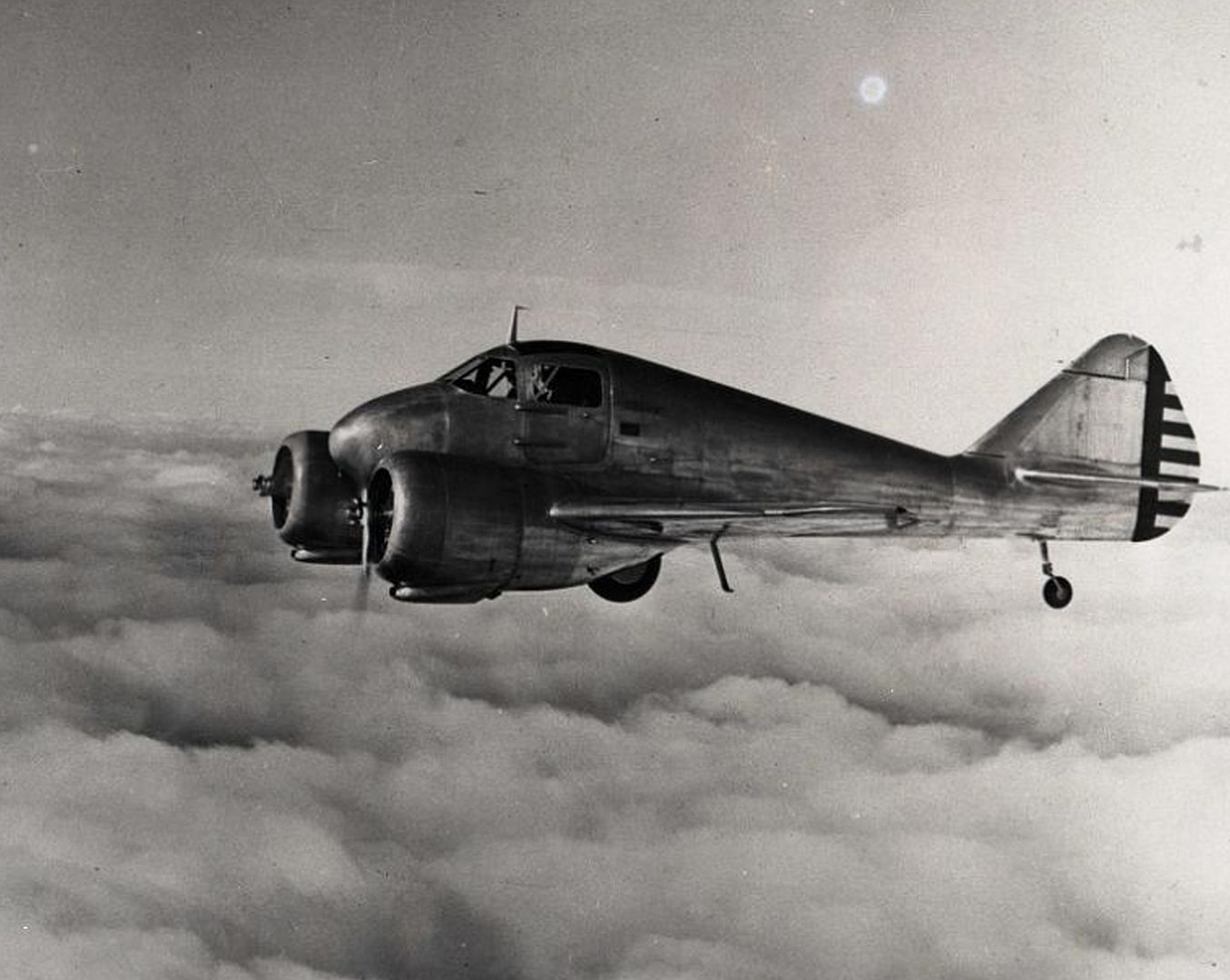
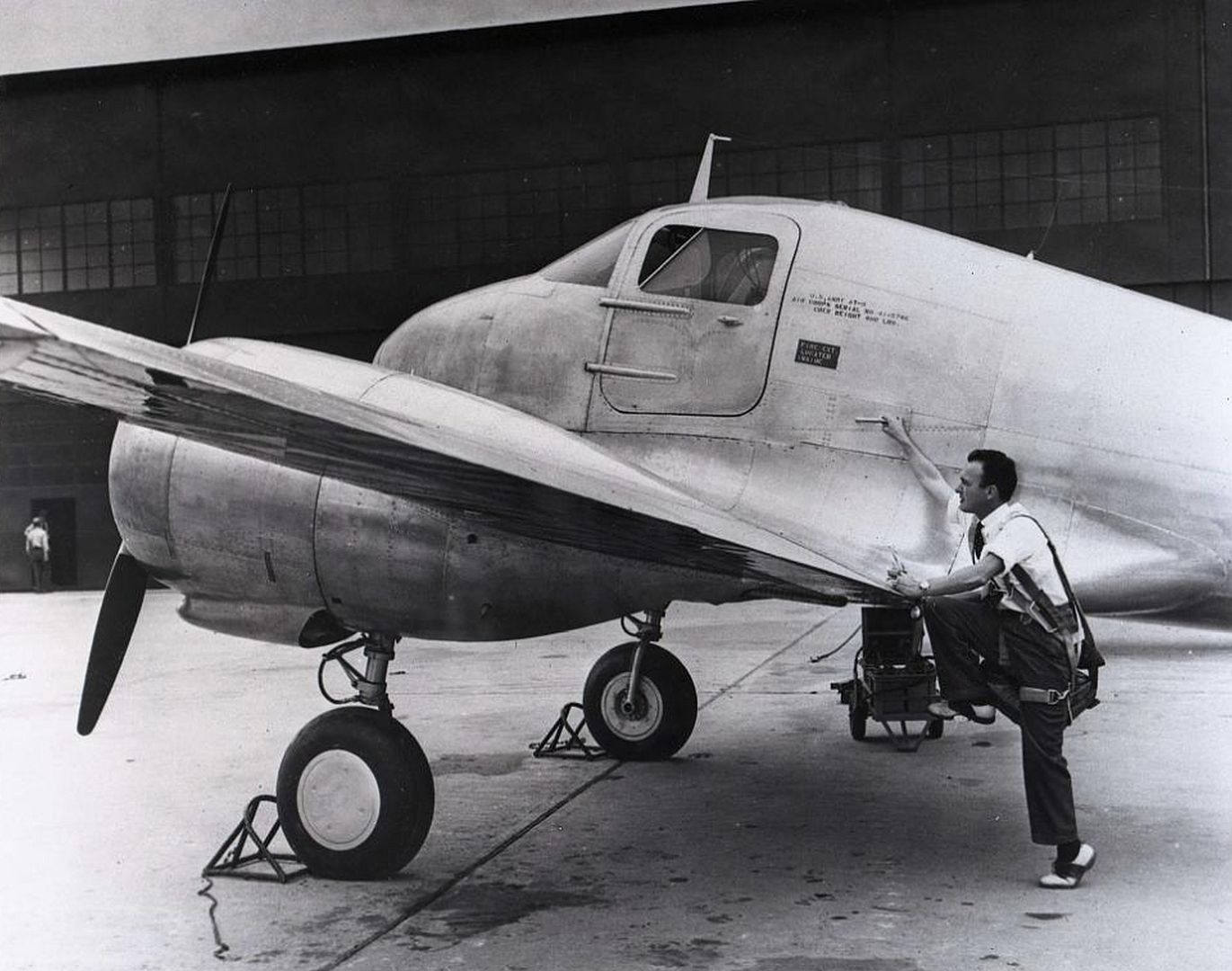
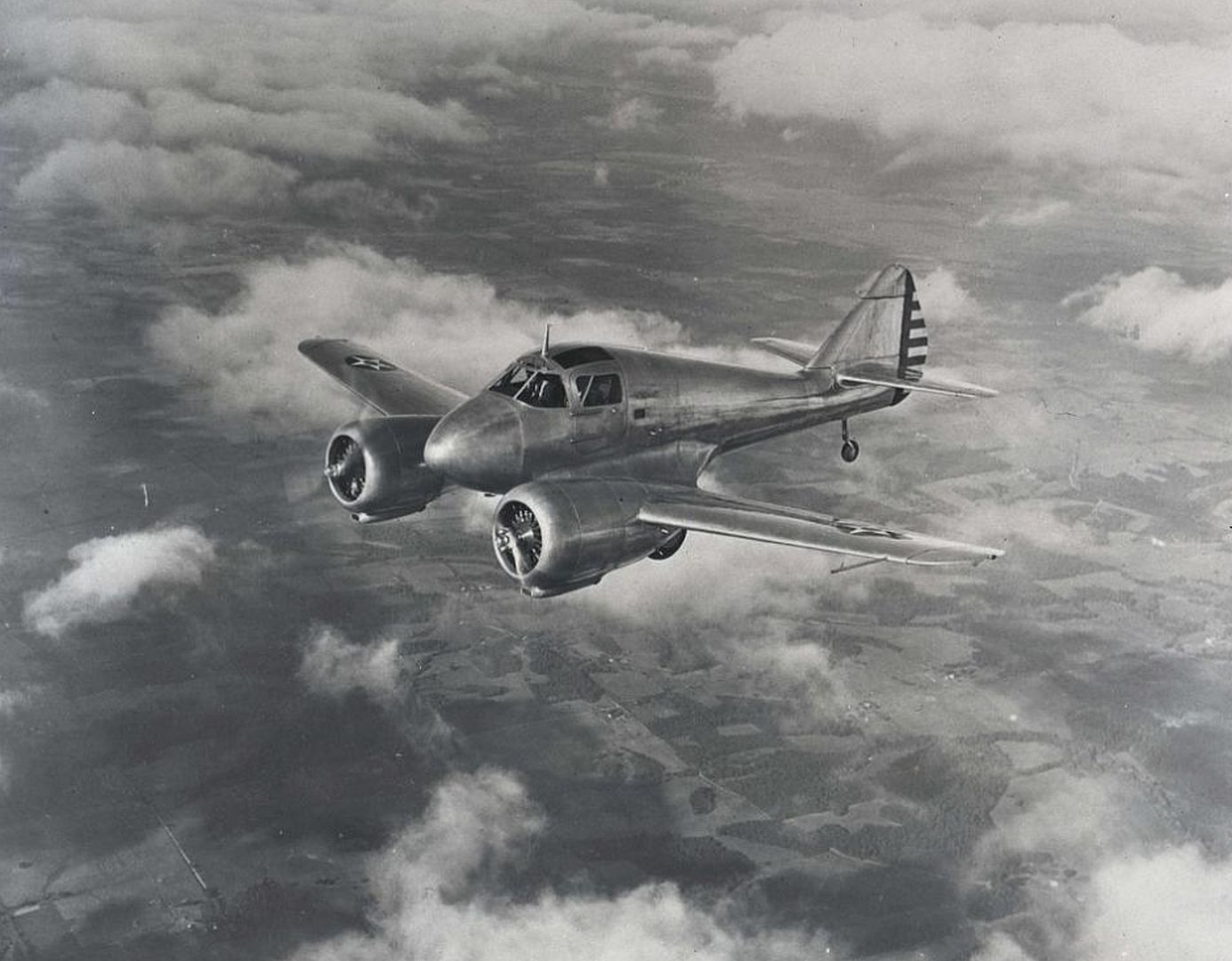
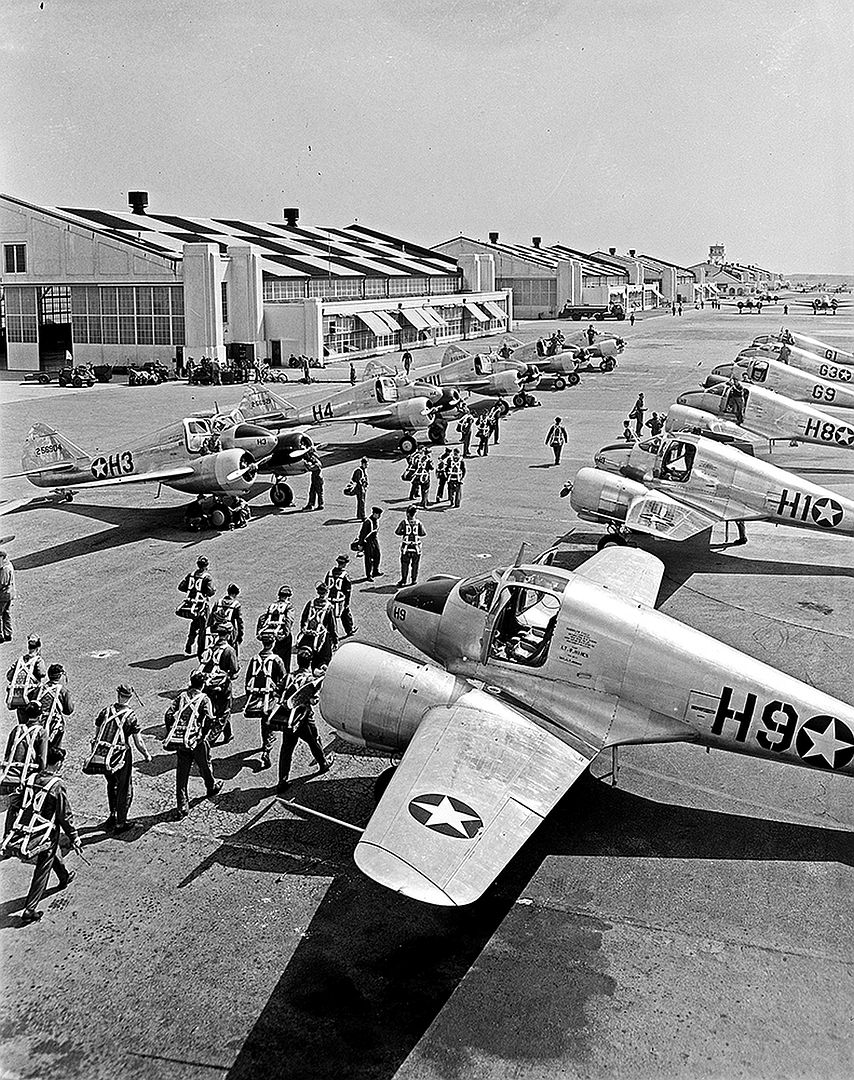
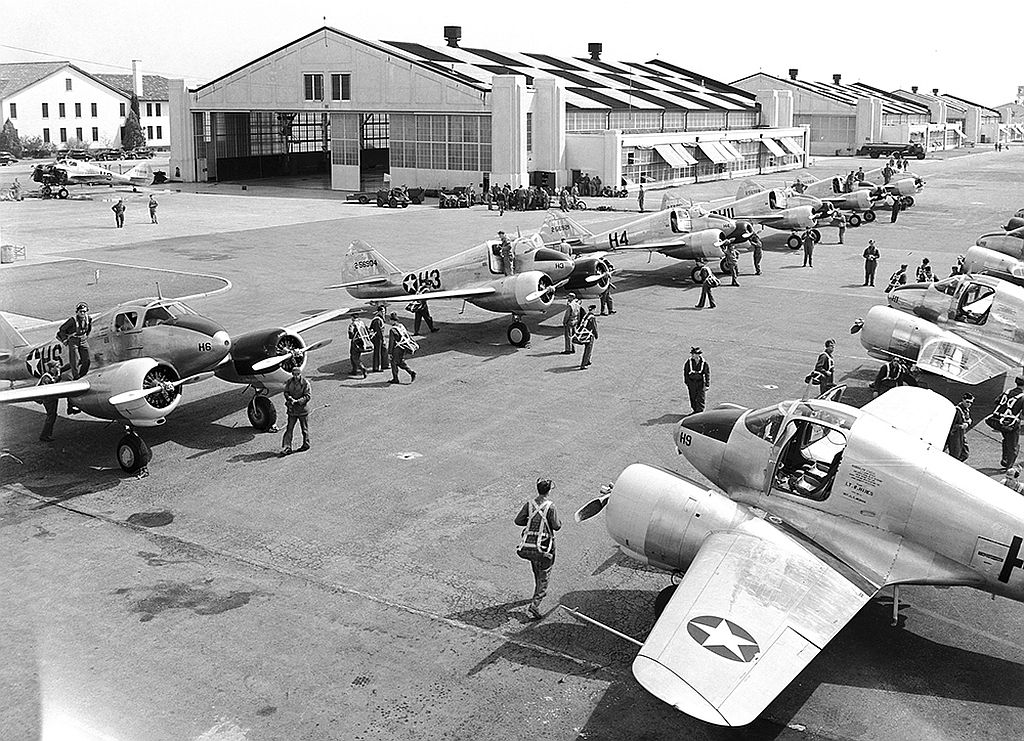
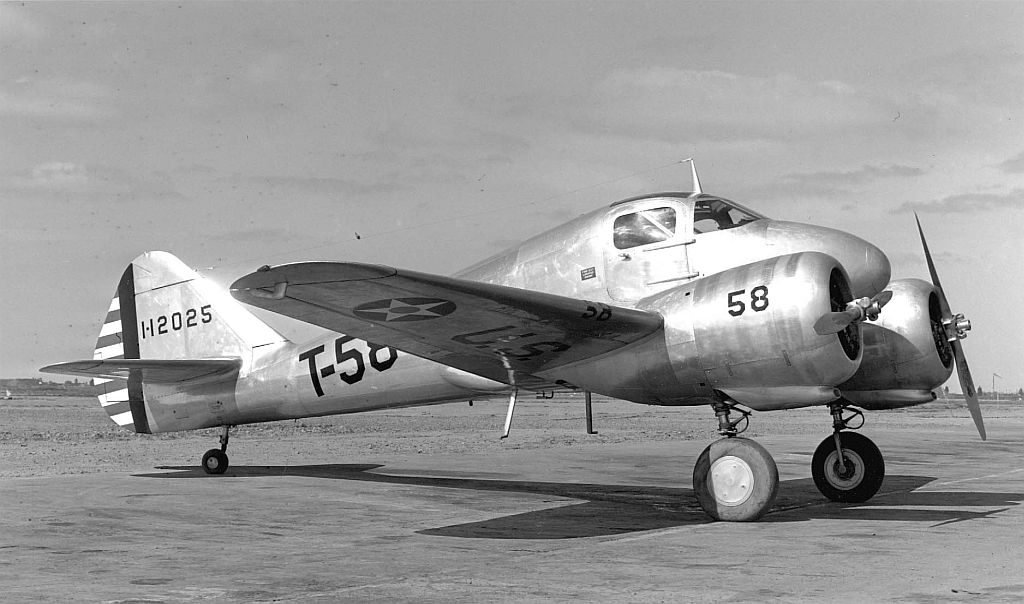
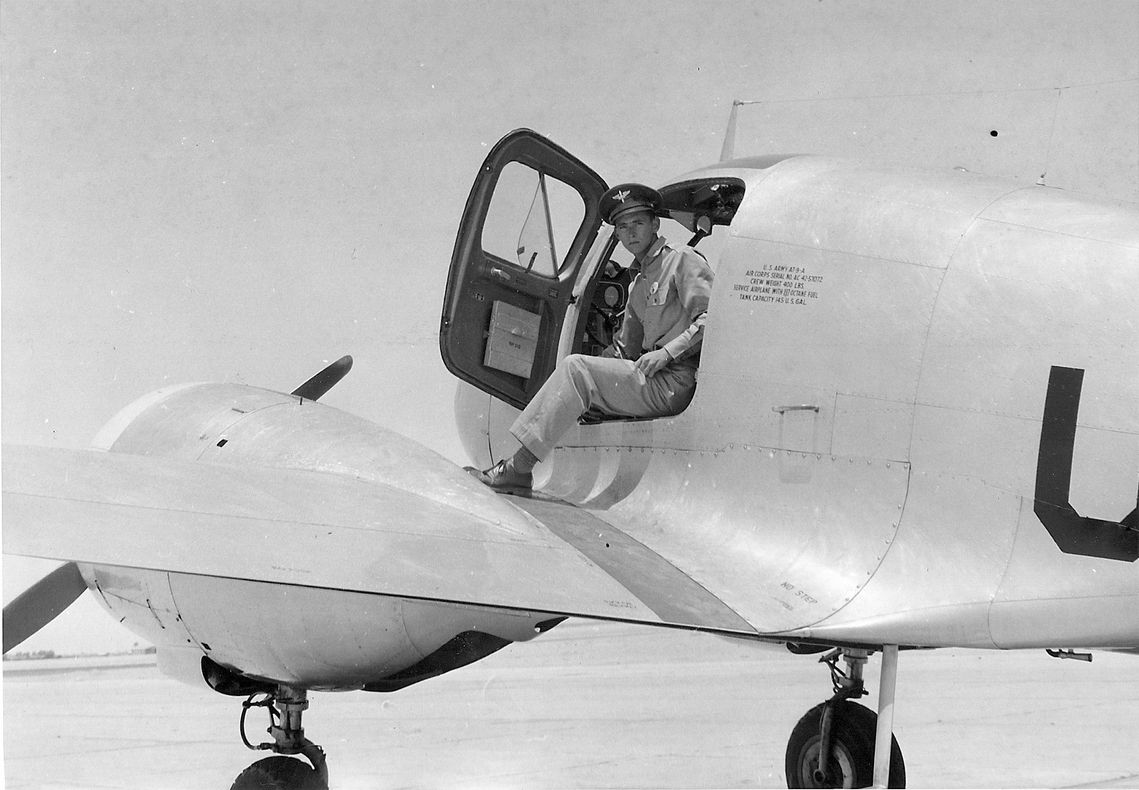
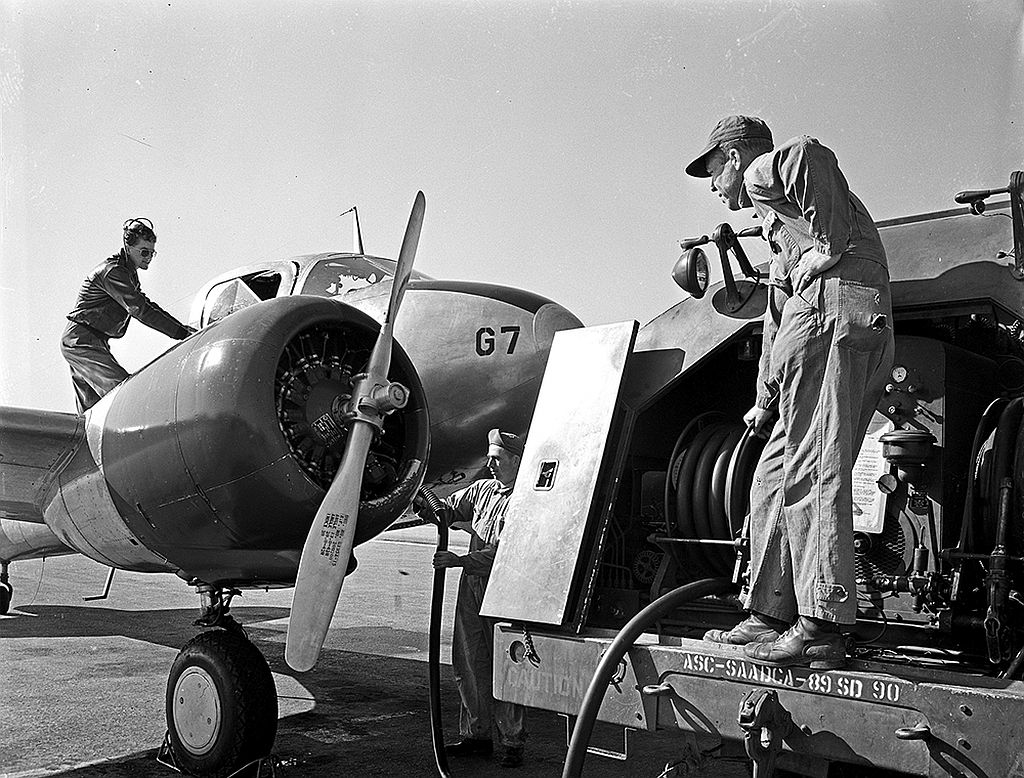
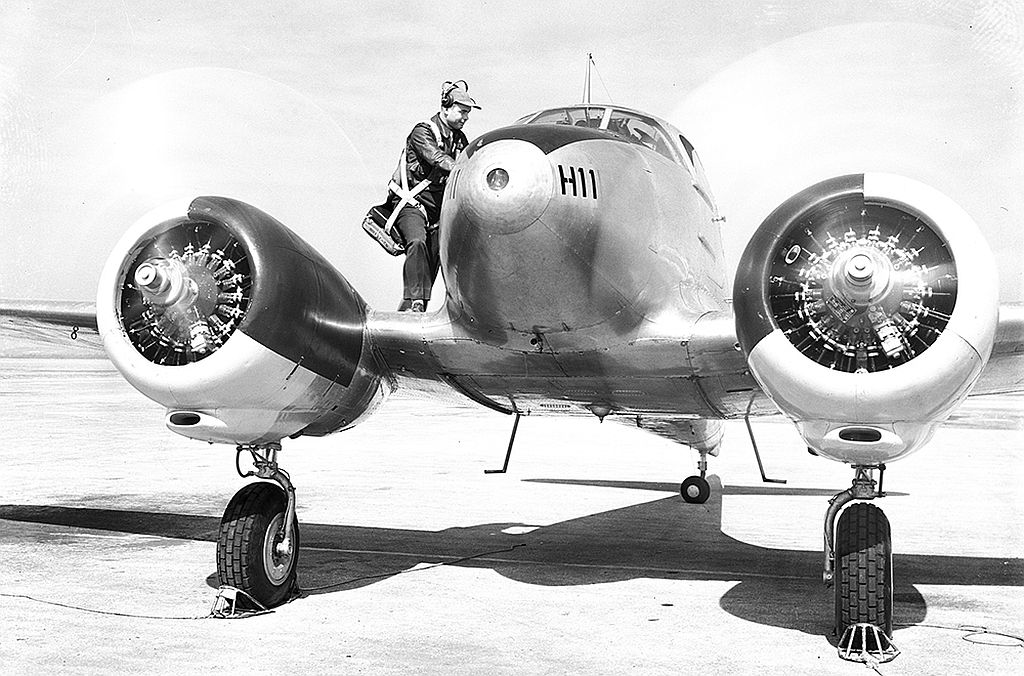
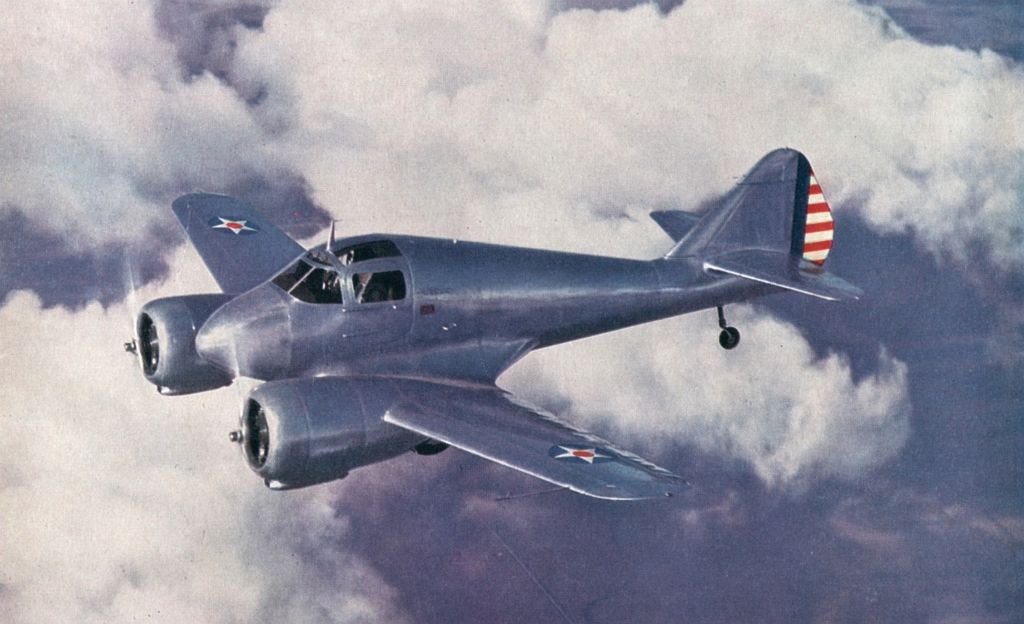
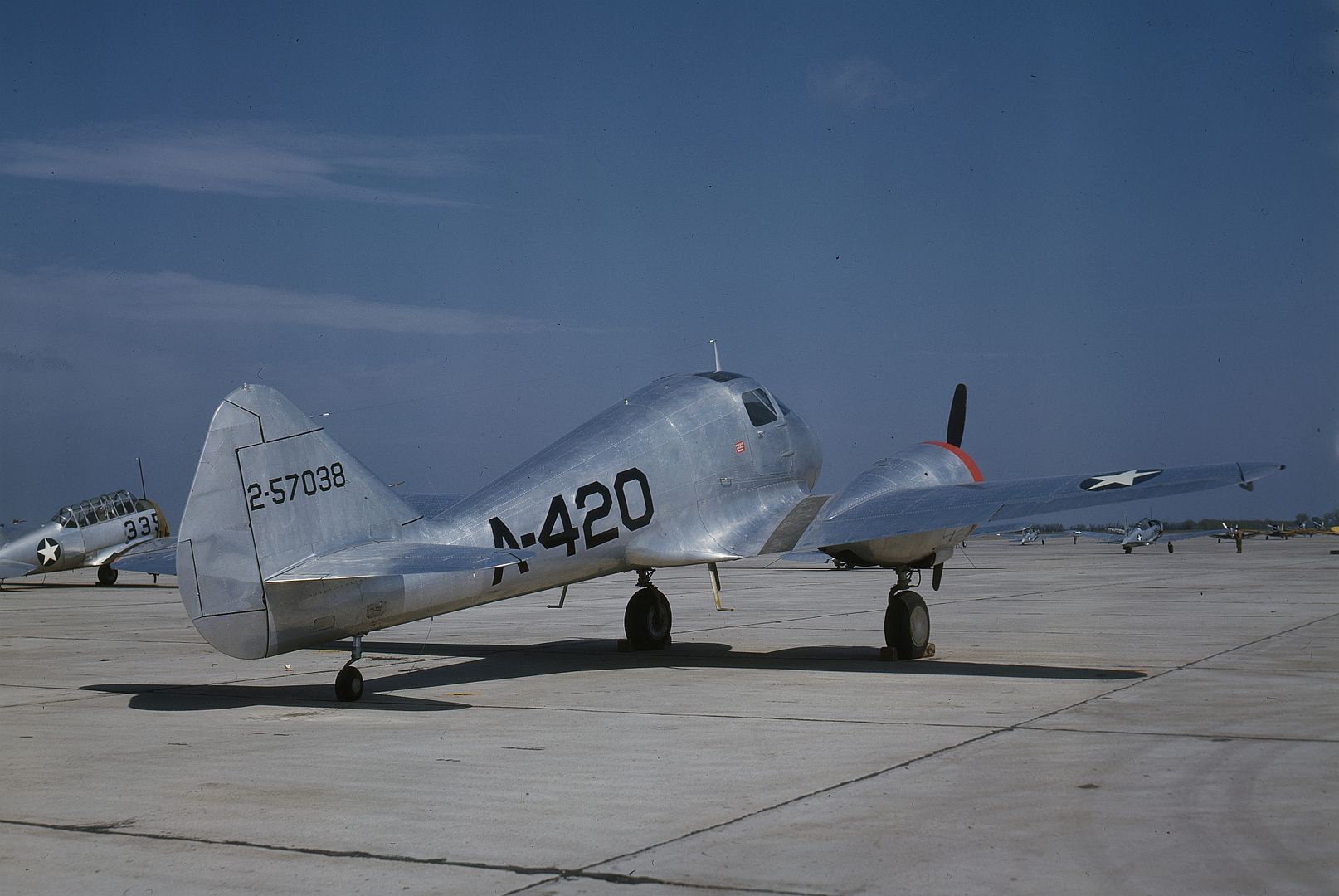
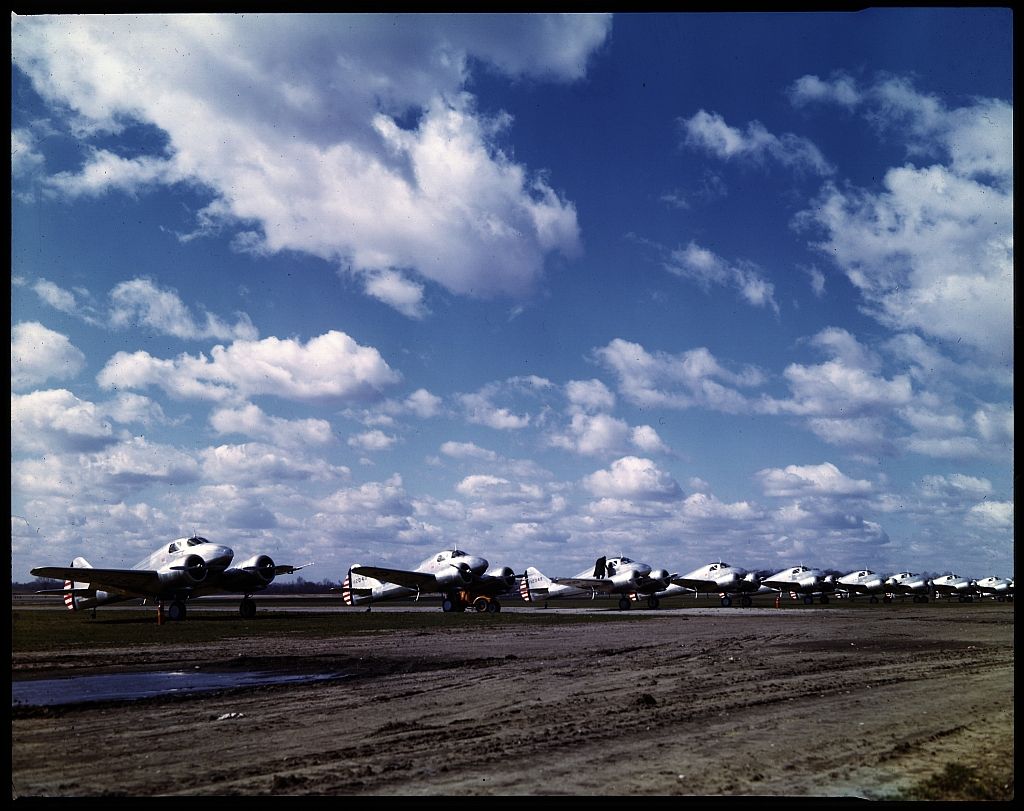
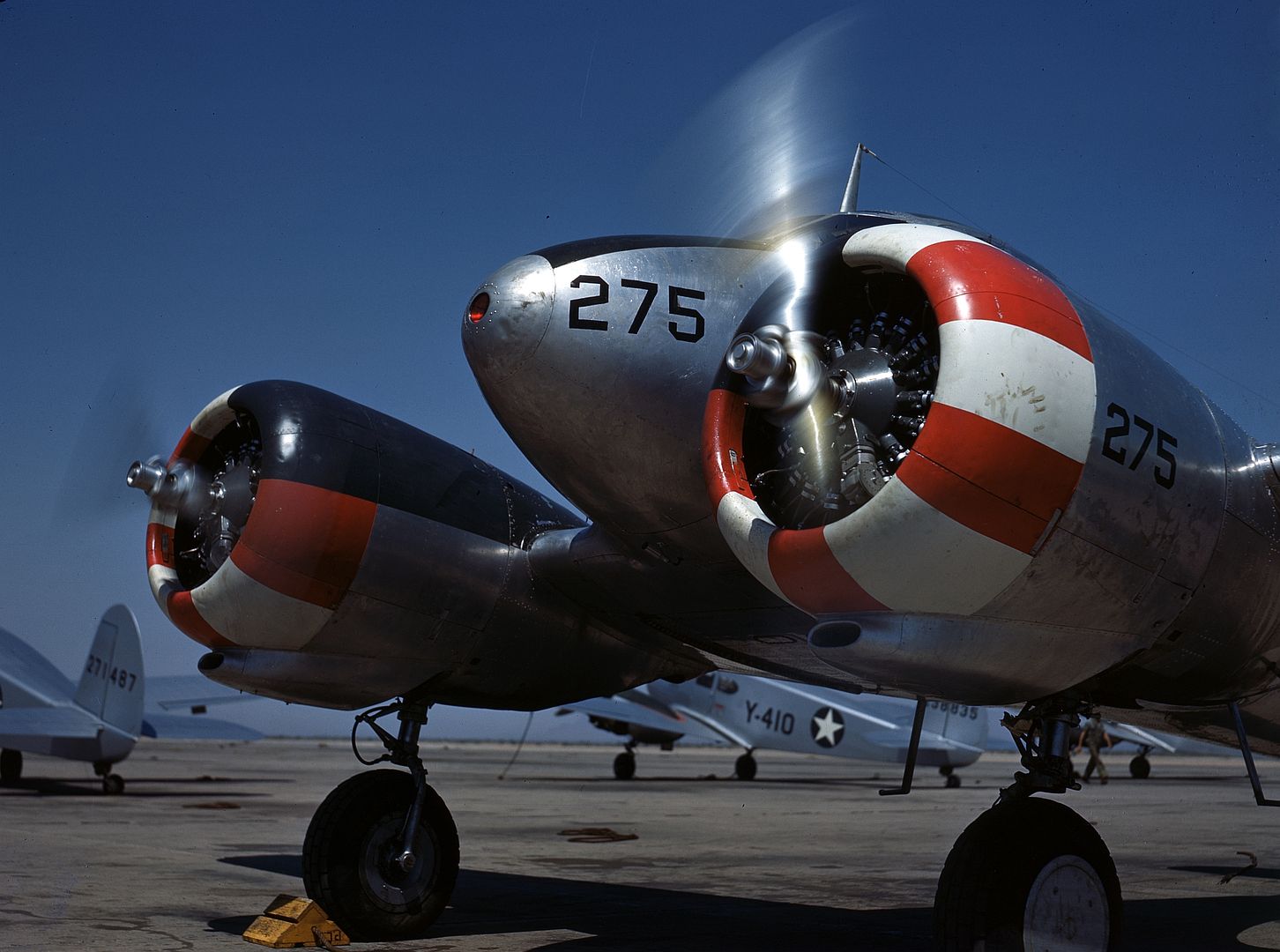
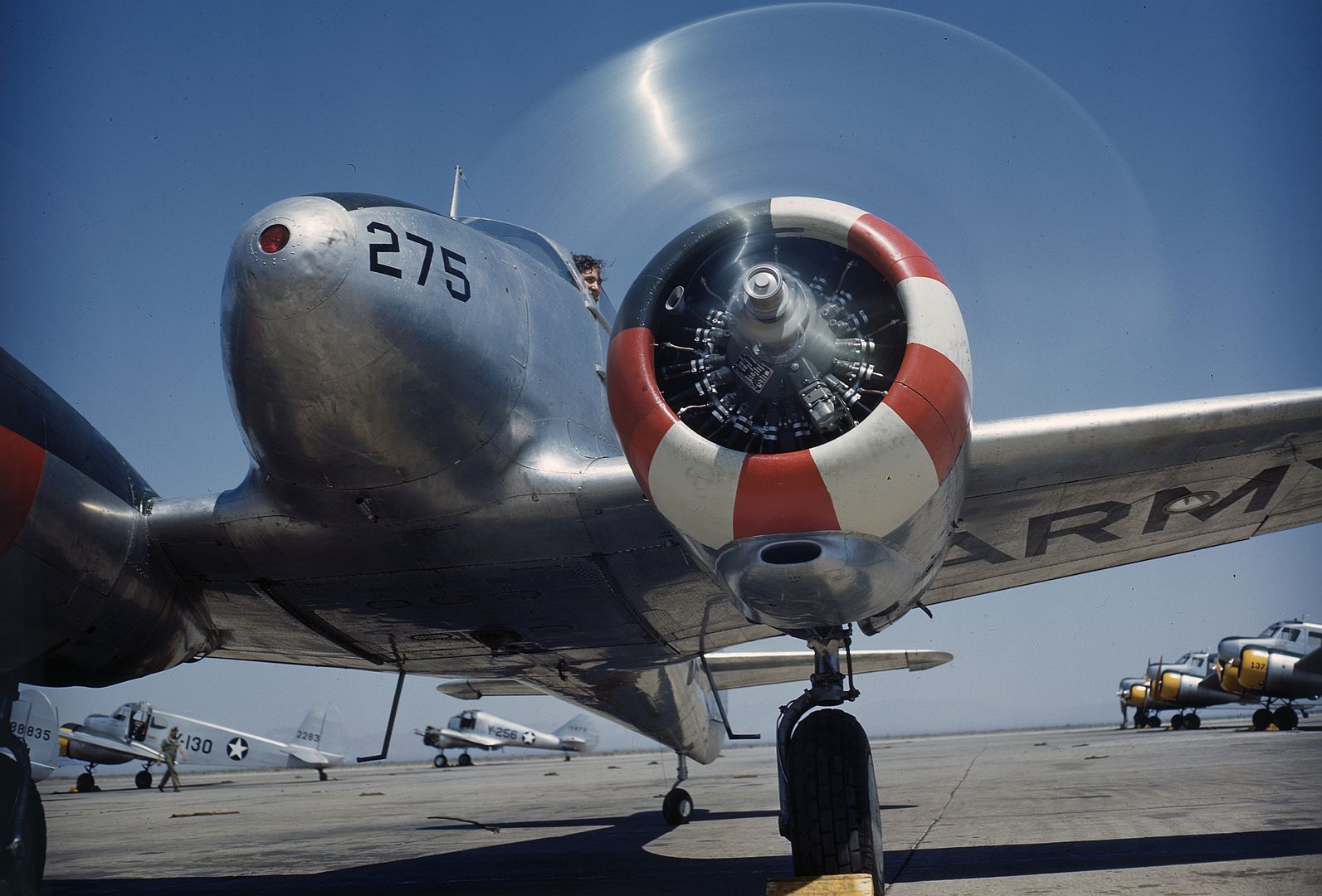
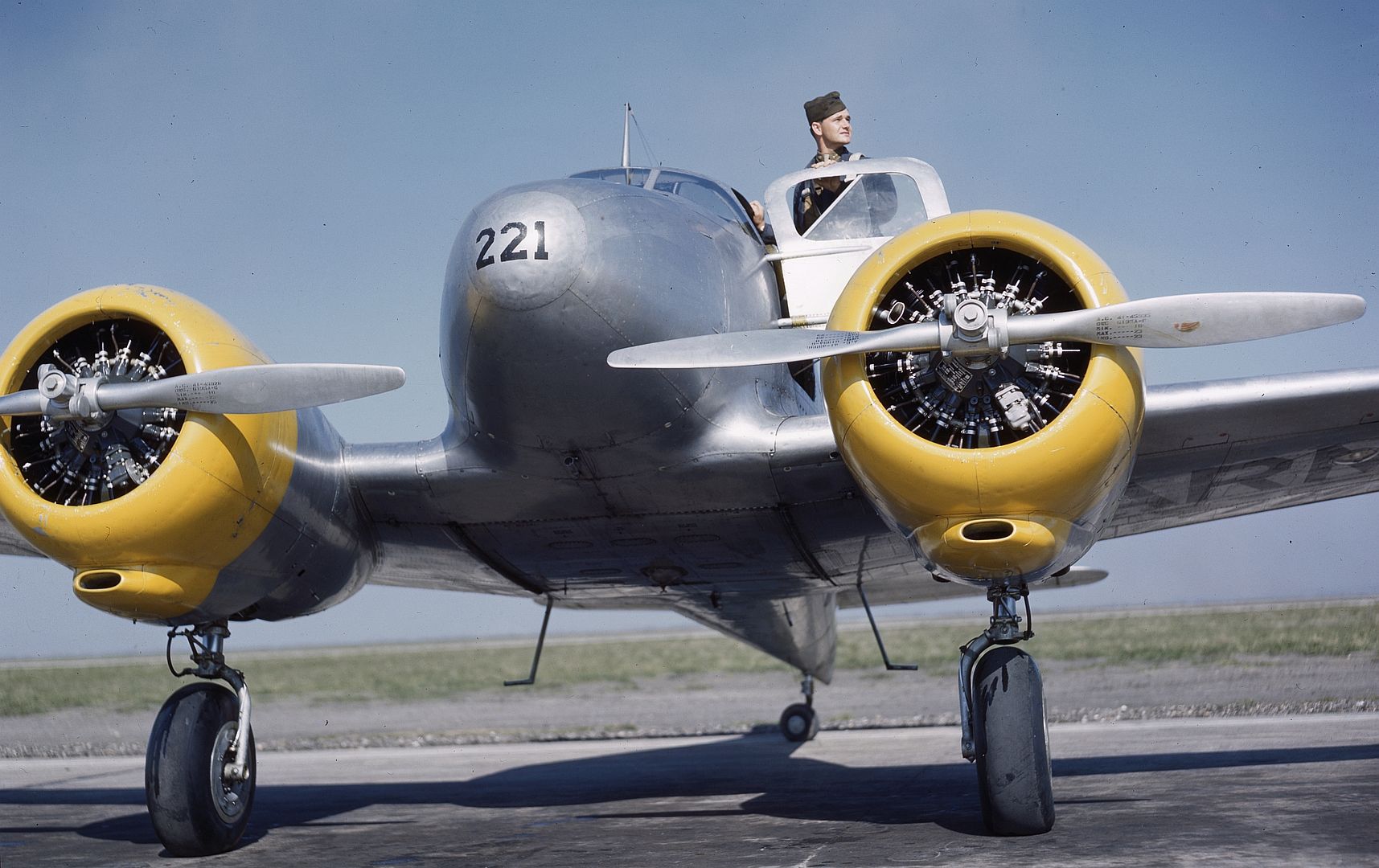
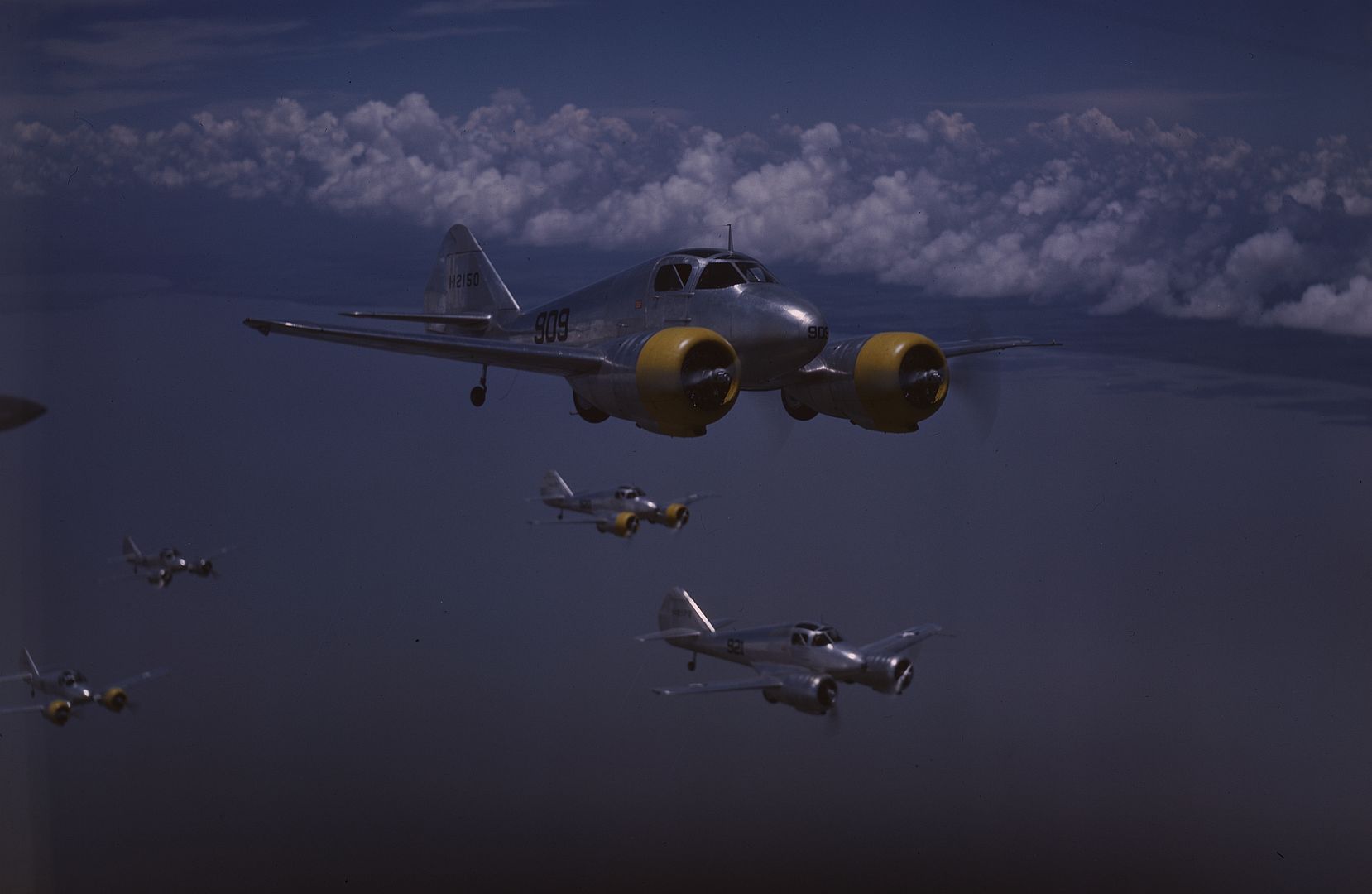
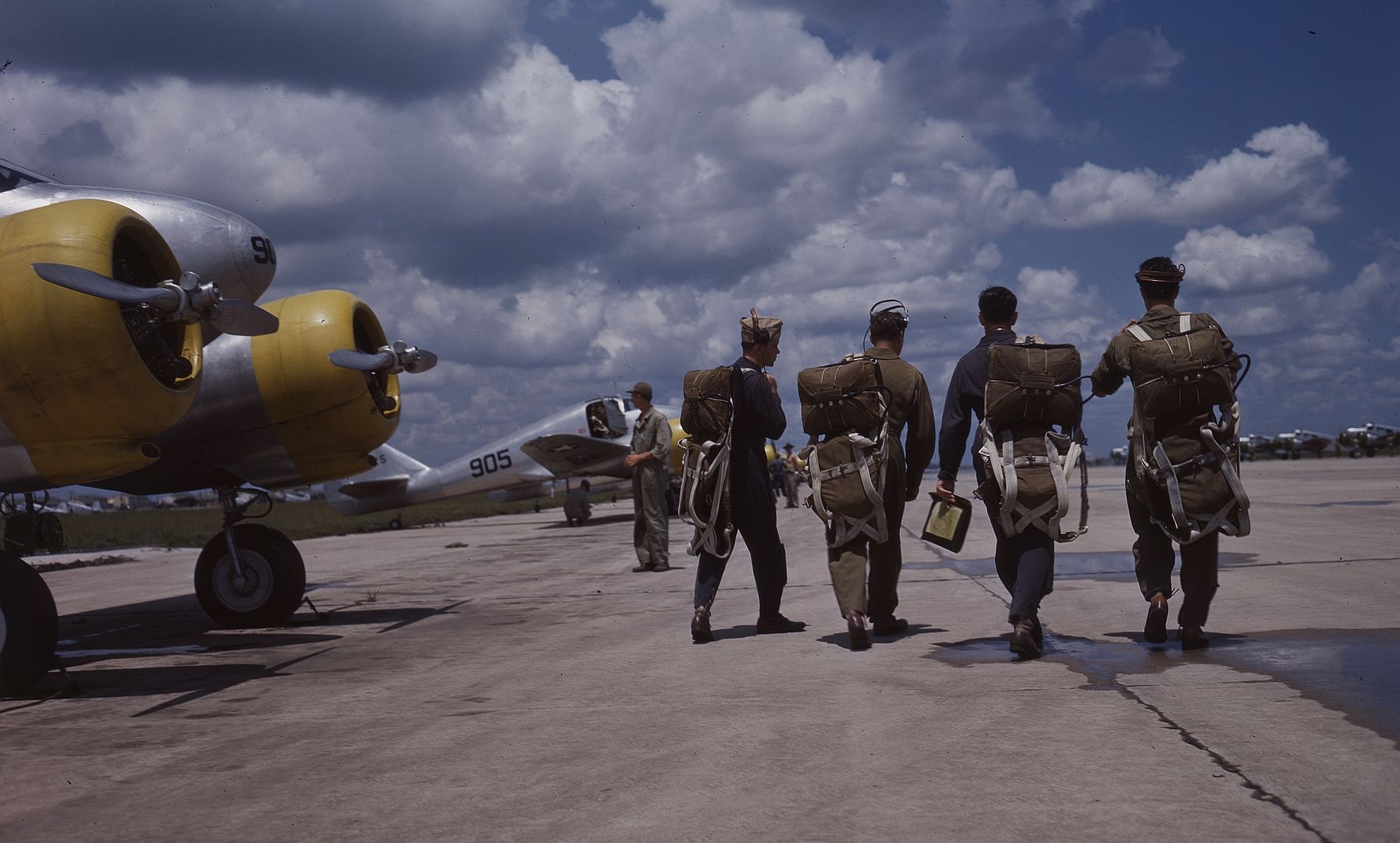
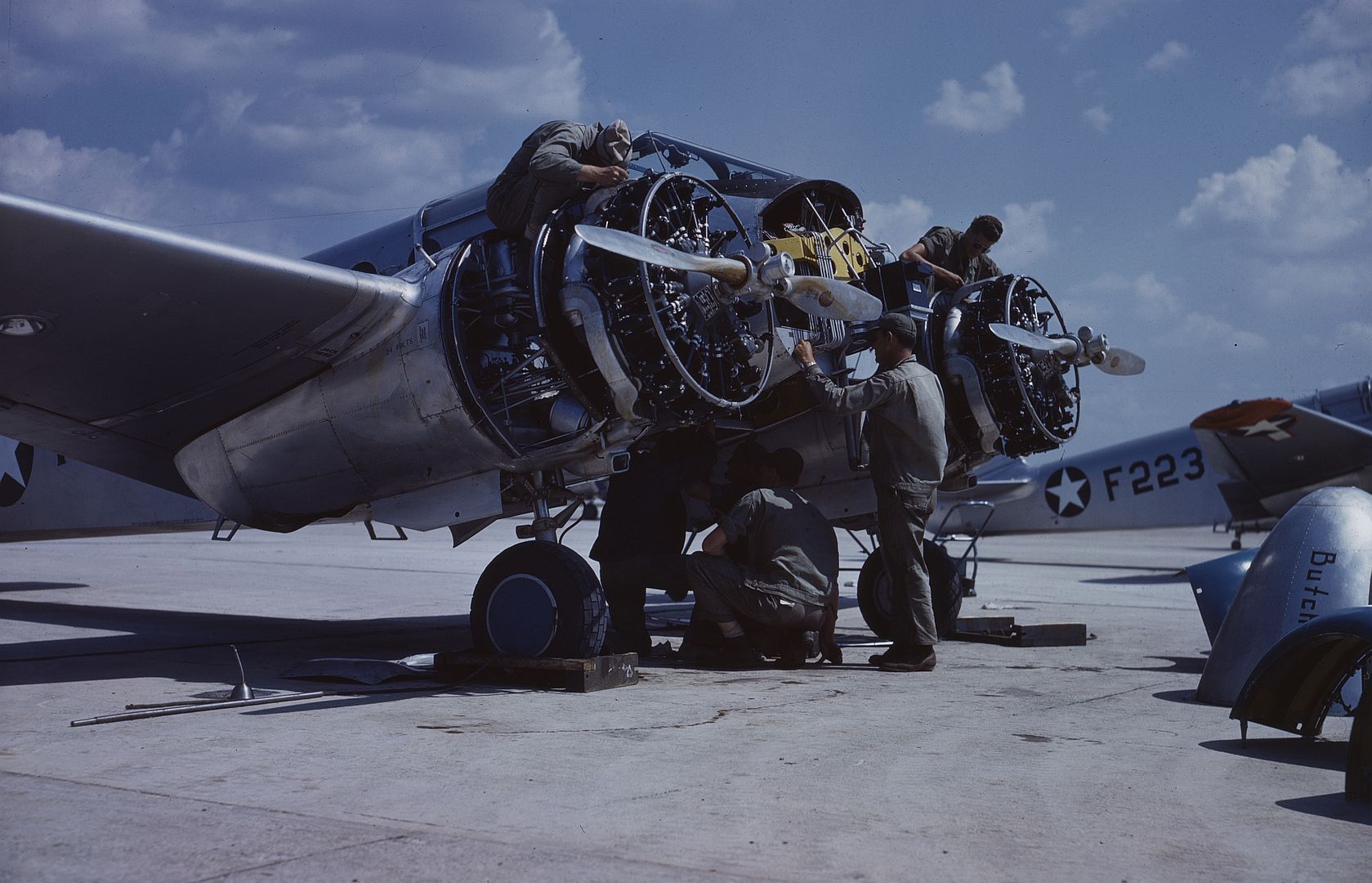
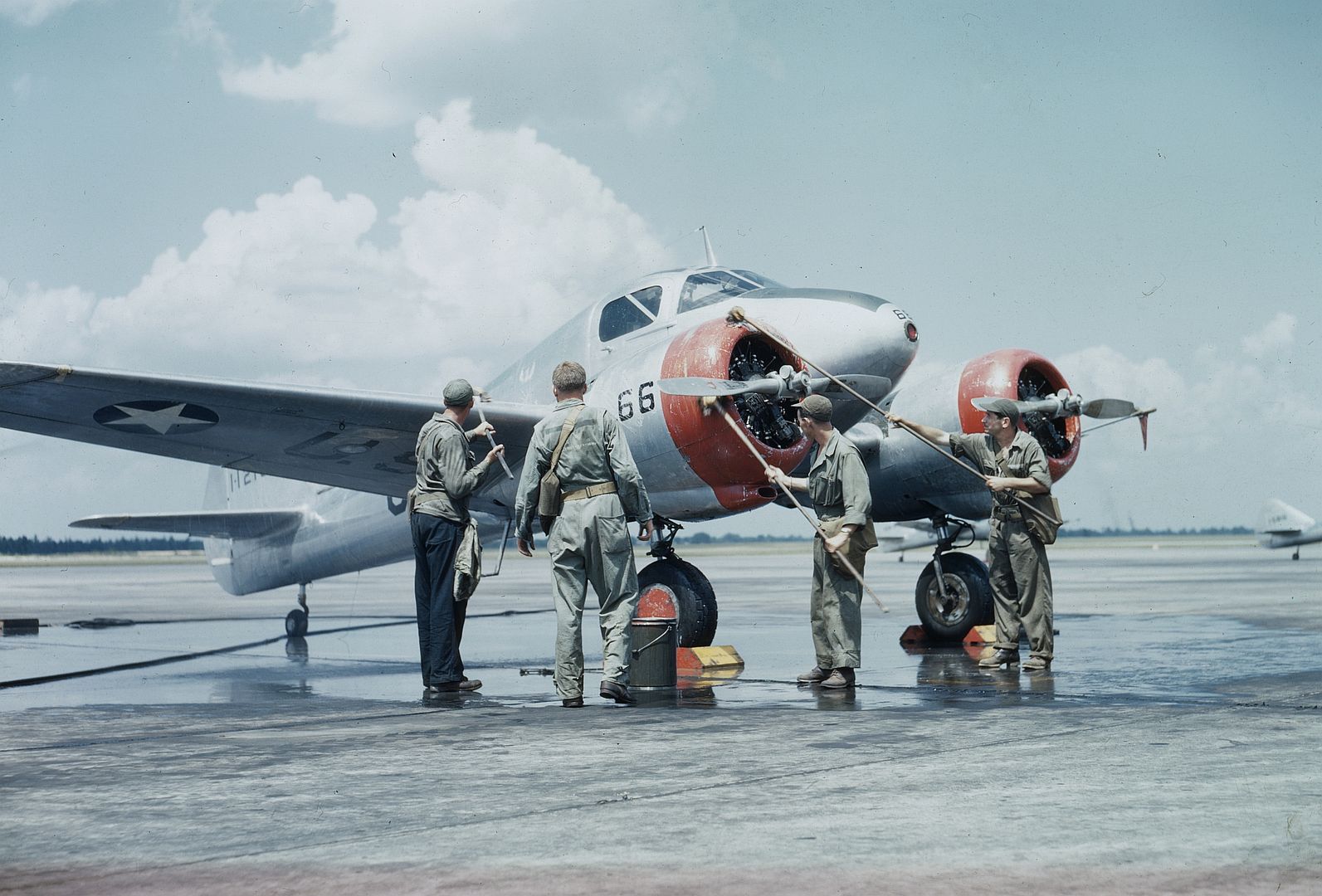

General characteristics
Crew: two - student and instructor
Length: 31 ft 8 in (9.65 m)
Wingspan: 40 ft 4 in (12.29 m)
Height: 9 ft 10 in (2.99 m)
Wing area: 233 ft? (21.7 m?)
Empty weight: 4,494 lb (2,011 kg)
Loaded weight: 6,060 lb (2,749 kg)
Powerplant: 2 ? Lycoming R-680-9 nine-cylinder air-cooled radial engine, 295 hp (220 kW) each
Performance
Maximum speed: 197 mph (171 knots, 317 km/h)
Cruise speed: 175 mph (152 knots, 282 km/h)
Range: 750 miles (652 nmi, 1,207 km)
Service ceiling: 19,000 ft (5,791 m)
Wing loading: 26 lb/ft? (125 kg/m?)
Power/mass: 0.10 hp/lb (0.16 kW/kg)
Climb to 10,000 ft (3,050 m): 8.6 min
Post a reply
- Go to Previous topic
- Go to Next topic
- Go to Welcome
- Go to Introduce Yourself
- Go to General Discussion
- Go to Screenshots, Images and Videos
- Go to Off topic
- Go to Works in Progress
- Go to Skinning Tips / Tutorials
- Go to Skin Requests
- Go to IJAAF Library
- Go to Luftwaffe Library
- Go to RAF Library
- Go to USAAF / USN Library
- Go to Misc Library
- Go to The Ops Room
- Go to Made in Germany
- Go to Campaigns and Missions
- Go to Works in Progress
- Go to Juri's Air-Raid Shelter
- Go to Campaigns and Missions
- Go to Works in Progress
- Go to Skinpacks
- Go to External Projects Discussion
- Go to Books & Resources
